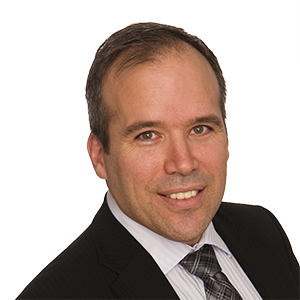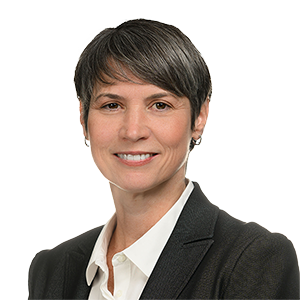On April 20, 2023, the federal government tabled legislation (Bill C-47) that would amend the Patent Act to bring, for the first time, a system of general patent term adjustment (PTA) into Canada. Canada is required under the Canada-United States-Mexico Agreement (CUSMA) to adopt a PTA system by 2025. The PTA system is intended to compensate patentees for “unreasonable delays” by the patent office in issuing a patent.
Background
- Canada is required under CUSMA to adopt a PTA system by January 1, 2025. Bill C-47 amends the Patent Act to meet Canada’s obligation under CUSMA; accordingly the amendments would come into force on or before January 1, 2025.
- Bill C-47, which is referenced as the Budget Implementation Act, 2023 No. 1, is a so-called omnibus bill, meaning that it addresses amendments to several different pieces of legislation. Bill C-47 is currently undergoing second reading in the House of Commons.
- Before introducing the PTA system in Bill C-47, changes were made to the Patent Rules in 2022 in an attempt to speed up patent prosecution, including by introducing excess claim fees and limiting the number of examination reports that may be issued before a Request for Continued Examination must be made (summarized here).
The proposed system of patent term adjustment
The PTA system proposed in Bill C-47 would provide, if the conditions are met, “an additional term for a patent.” Bill C 47 leaves many of the details to be addressed by subsequent regulation. However, certain key aspects of the PTA system are outlined in the proposed amendments to the Patent Act, which are provided in new sections 46.1 to 46.4.
Eligible patents
Patents with a filing date on or after December 1, 2020, would be eligible for PTA. The patent must issue the later of:
- the fifth anniversary of the “applicable day.” The “applicable day” is yet to be prescribed for patents that issue on the basis of a divisional application or a PCT national phase application. In any other case, the “applicable day” is the filing date of the patent application [DATE A]; and
- the third anniversary of the first day on which a request for examination has been made and the prescribed fees have been paid [DATE B].
Time to apply and fees
The patentee would have three months to apply for PTA after the patent issues. A fee, in an amount to be prescribed, will also be due as part of the application. The proposed amendments also suggest that additional maintenance fees will be charged during the PTA term.
Start of additional term
Any additional PTA term would commence upon expiry of the regular patent term (e.g., 20 years). The patent must be valid until the expiry of its regular patent term.
Impact on CSP term
Notably, for pharmaceutical patentees, any PTA term would run concurrently with any Certificate of Supplementary Protection (CSP) term. Running the terms concurrently is inconsistent with the different objectives of these regimes. While CSP term is intended to restore patent term lost over time spent in research and development and regulatory approval, PTA term is intended to compensate for delays before the patent office. If passed, Canada will be offside with its US trading partner, which runs its equivalent additional patent terms consecutively.
Duration of additional term
The PTA term will be determined by the Commissioner of Patents (Commissioner) as the number of days between the patent issue date and the later of: (i) DATE A and (ii) DATE B. However, days can then be subtracted from this period according to “the number of the days that is determined under the regulations.” The regulations will presumably provide days that can be subtracted owing to delays attributed to the patent applicant.
If the above equation produces a result of zero or a negative value, no PTA term will be awarded.
PTA certificate
Upon granting PTA, the Commissioner shall issue “a certificate of additional term” that identifies the patent number and the duration of the additional term.
Disputing duration of PTA term
The Commissioner may reconsider the duration of PTA term on the Commissioner’s own initiative. Any person would also be able to apply to the Commissioner and/or bring an action in Federal Court to shorten the duration of the PTA term. The Commissioner may stay a reconsideration pending the conclusion of any court proceeding. Notice of any reconsideration will be provided to the patentee in accordance with the regulations.
Until the legislation is passed and regulations enacted, the full scope of the Canadian PTA system will not be known. We will continue to provide updates on the draft legislation as it progresses through Parliament.
Links
The progress of Bill C-47 can be tracked on the webpage of the Parliament of Canada.








